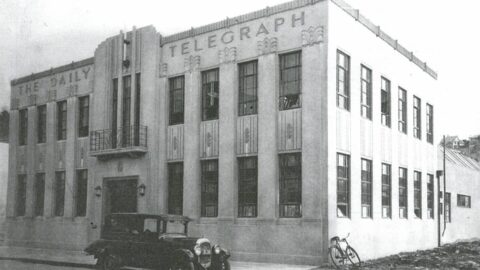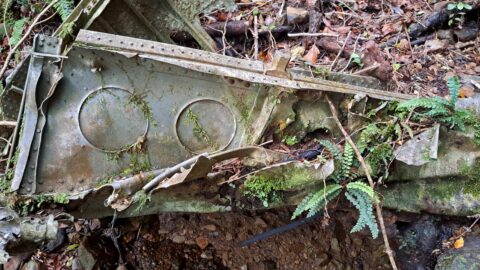A group outside the Wainuiomata tunnel. Photograph taken circa 6 April 1951 by an Evening Post photographer.
Throughout the late 1920s, the Wainuiomata Development Company wanted to construct a settlement on recently acquired farmland in Wainuiomata. A primary early initiative involved improving the connection between Wainuiomata and the Hutt Valley by crafting a roadway passage through the Waiwhetu Hill.
In January 1932, the Wainuiomata Tunnel’s construction commenced by the Wainuiomata Development Company, starting from the Gracefield end. Unfortunately, advancements ceased at a mere 330 meters into the hill, marking approximately 40% of the intended full length. Financial challenges, exacerbated by the Depression, prompted the halting of work due to difficulties in securing sufficient funds.
However, during World War II, the unfinished tunnel discovered a new role, serving as a storage facility for explosives. Despite multiple attempts in the 1950s and 1960s to revive the tunnel, none materialized due to its failure to meet contemporary traffic requirements, leading to the eventual abandonment of these endeavors.
In 1975, the Wellington Regional Water Board obtained the partially constructed tunnel with the goal of completing its construction. The objective behind this acquisition was to utilize the tunnel as a conduit for transporting water from Wainuiomata to Wellington.
Codelfa Construction NZ Ltd was engaged to finalize the tunnel, incurring an estimated cost of $650,000. They successfully penetrated through to Waiu Street in Wainuiomata by September 1980, accomplishing this feat within seven months and deviating a mere 50mm off the intended route.
The remaining 540 meters within the total 870-meter tunnel were completed at a significantly reduced diameter of 2.4 meters compared to the original section, which measured approximately 7.85 meters wide. Spanning an elevation of approximately 70 meters from the Gracefield end to the Wainuiomata terminus, the tunnel facilitated the installation of a 1,100mm steel water pipe. This conduit typically transports around 20 million liters of water per day, catering to Wellington’s daily consumption.
The water sourced from Wainuiomata contributes approximately 15% of the annual water supply for Wellington, Porirua, Upper Hutt, and Lower Hutt. Following the completion of the tunnel, it has accommodated the installation of telecommunications cables and a sewer pipe belonging to the Hutt City Council.
Group of men outside the Wainuiomata tunnel. Evening post – circa 1951) (Newspaper. 1865-2002) :Photographic negatives and prints of the Evening Post newspaper. Ref: 114/280/02-G. Alexander Turnbull Library, Wellington, New Zealand. /records/23139125










